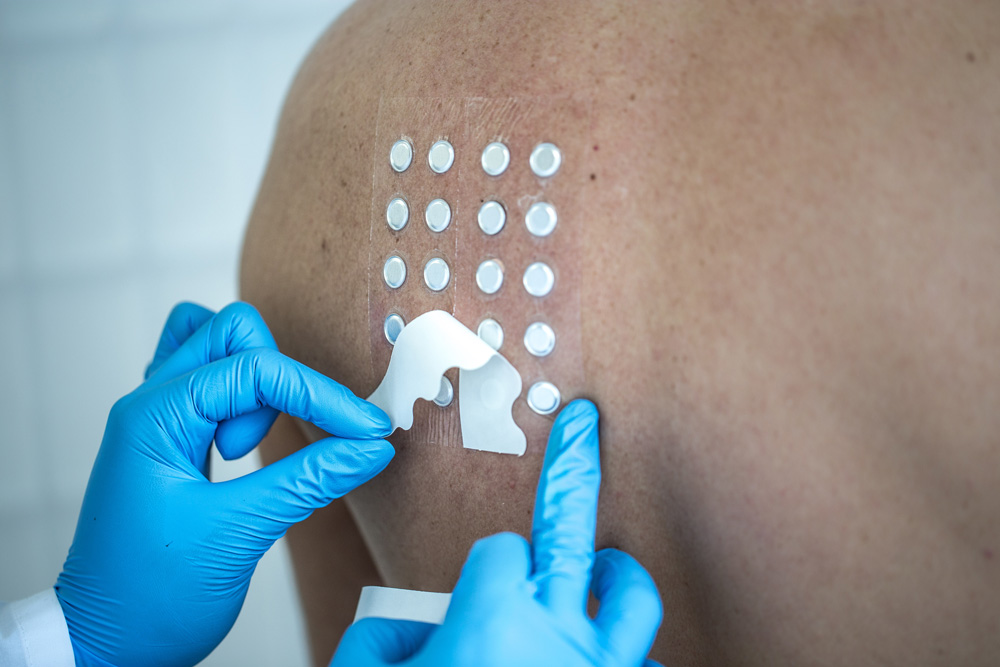Abich performs safety testing on cosmetics, medical devices, raw materials, OTCs and other consumer products.
These products, once marketed, must be safe for human health when used in normal or reasonably foreseeable conditions. To this purpose, specific tests, in-vitro and clinical in-vivo studies on healthy volunteers, are carried out to safeguard both the consumers and the manufacturer.
Therefore, Abich performs preliminary in-vitro testing and later verifies the tolerability through in-vivo studies on healthy volunteers, in full compliance with current regulations.
Abich’s Cell Biology and Toxicology Laboratory performs in-vitro safety testing on specific cell lines and in-vitro reconstructed human tissue.
The Clinical Unit of Abich Laboratories performs tolerability and safety testing on healthy volunteers under the supervision of dermatologists, allergologists, and other medical specialists.
In-vitro safety testing offered by Abich:
- Cytotoxicity testing: for medical devices, in line with the UNI EN ISO 10993-5 standard;
- Cytotoxicity testing: for the identification of substances with acute oral toxicity (LD50);
- Eye irritation testing: on monolayer cells and 3D reconstructed corneal epithelium;
- Eye corrosion testing: “fluorescein leakage” (OECD 460);
- Skin irritation testing: on cell monolayers and in-vitro reconstructed epithelia of different origin (OECD 439);
- Skin corrosion testing: (OECD 431, 435);
- Percutaneous absorption testing: (OECD 428);
- Skin sensitization testing: (THP-1, dendritic cells);
- Phototoxicity testing: (OECD 432);
- Ames testing: mutagenesis (OECD 471);
- In-vitro carcinogenesis testing: (Balb/3T3 – B.21 method, Annex V, Directive 67/548/EEC);
- In vitro determination of UVA photoprotection: broad spectrum protection (ISO 24443:2012, CRF.201.327);
- Ecotoxicity testing: on Daphnia Magna (OECD 202) and seaweeds (OECD 201).
Clinical safety testing offered by Abich:
- Patch test: allergy patch for the evaluation of the tolerability of a finished product. Claim: “Dermatologically tested” and “Non-irritating”;
- Patch test on sensitive skins: claim: “Suitable for sensitive skin”, “Dermatologically tested” and “Non-irritating”;
- HIRPT (or RIPT) for allergenic risk assessment: Human Repeat Insult Patch Test. Claim: “Hypoallergenic”, “Dermatologically tested” and “Non-irritating”;
- Tests to evaluate the tolerability of cosmetic products: dermatologically, ophthalmologically, and gynaecologically tested;
- Tests on sun protection products: SPF and water resistance in line with the European Cosmetics/ISO 24444:2019 standard, in line with the FDA vol 76 n° 117 of 17 June 2011, SPF UVA PPD in line with the ISO 24442 standard, long lasting SPF test, SPF test in line with the Australian AS/NZS 2604:2012 method;
- SPF: on wet skin, to test resistance to water, sand, and sweat, persistence evaluation;
- Non-comedogenic testing: sebum-regulation activity test and count of closed and open comedones;
- Ophthalmologically testing: clinical simulation of use and ophthalmological evaluation on healthy volunteers.
